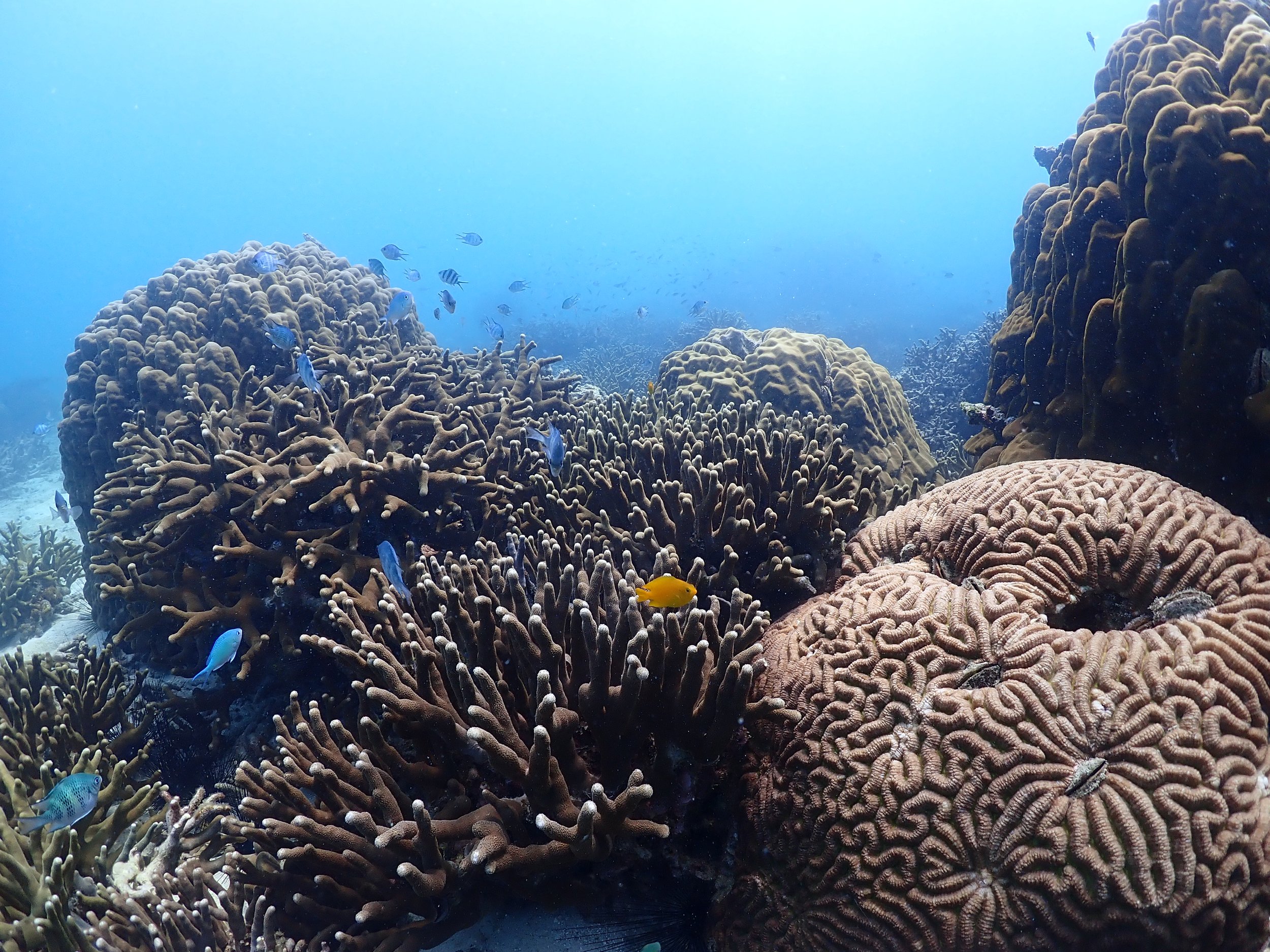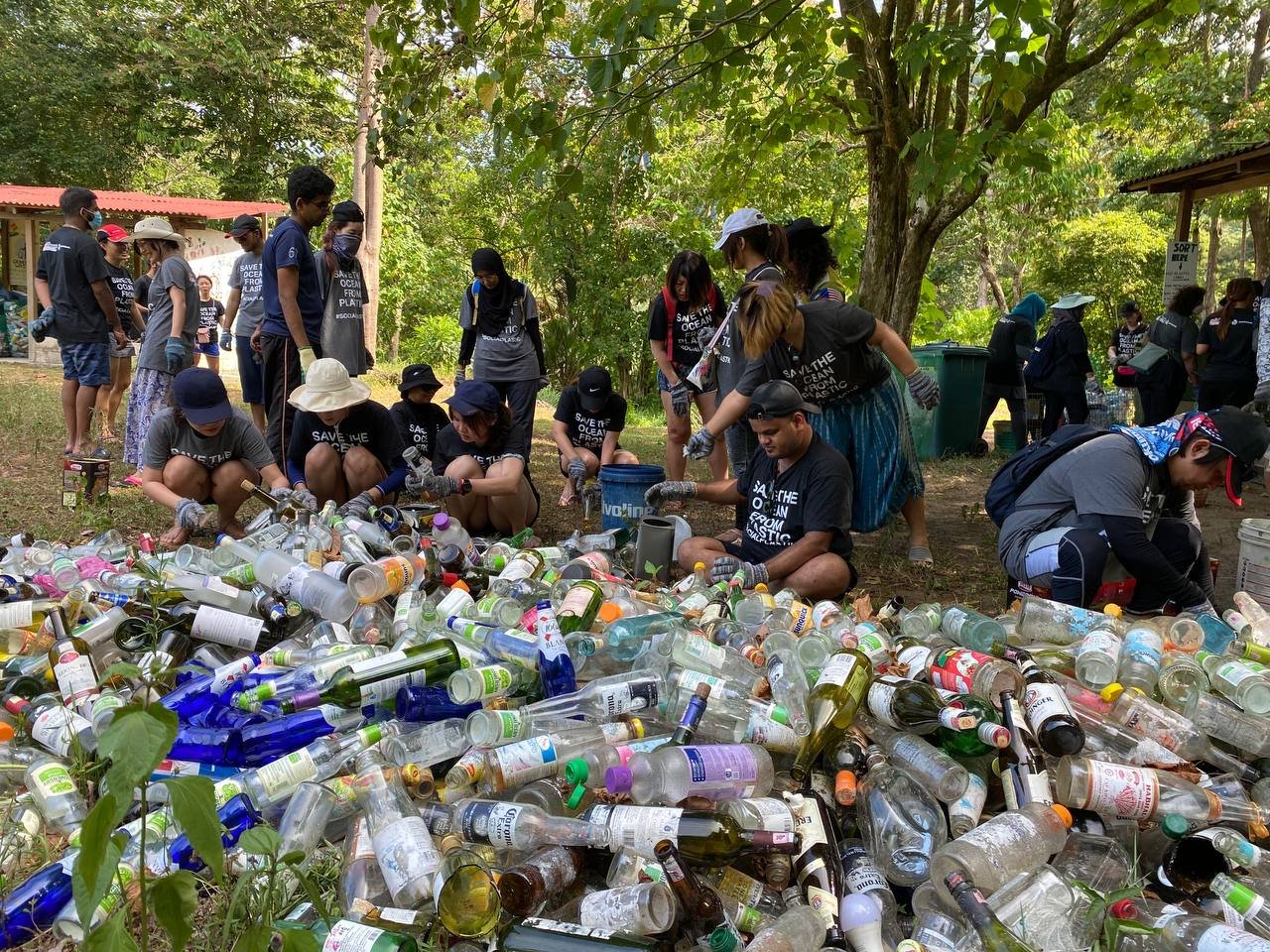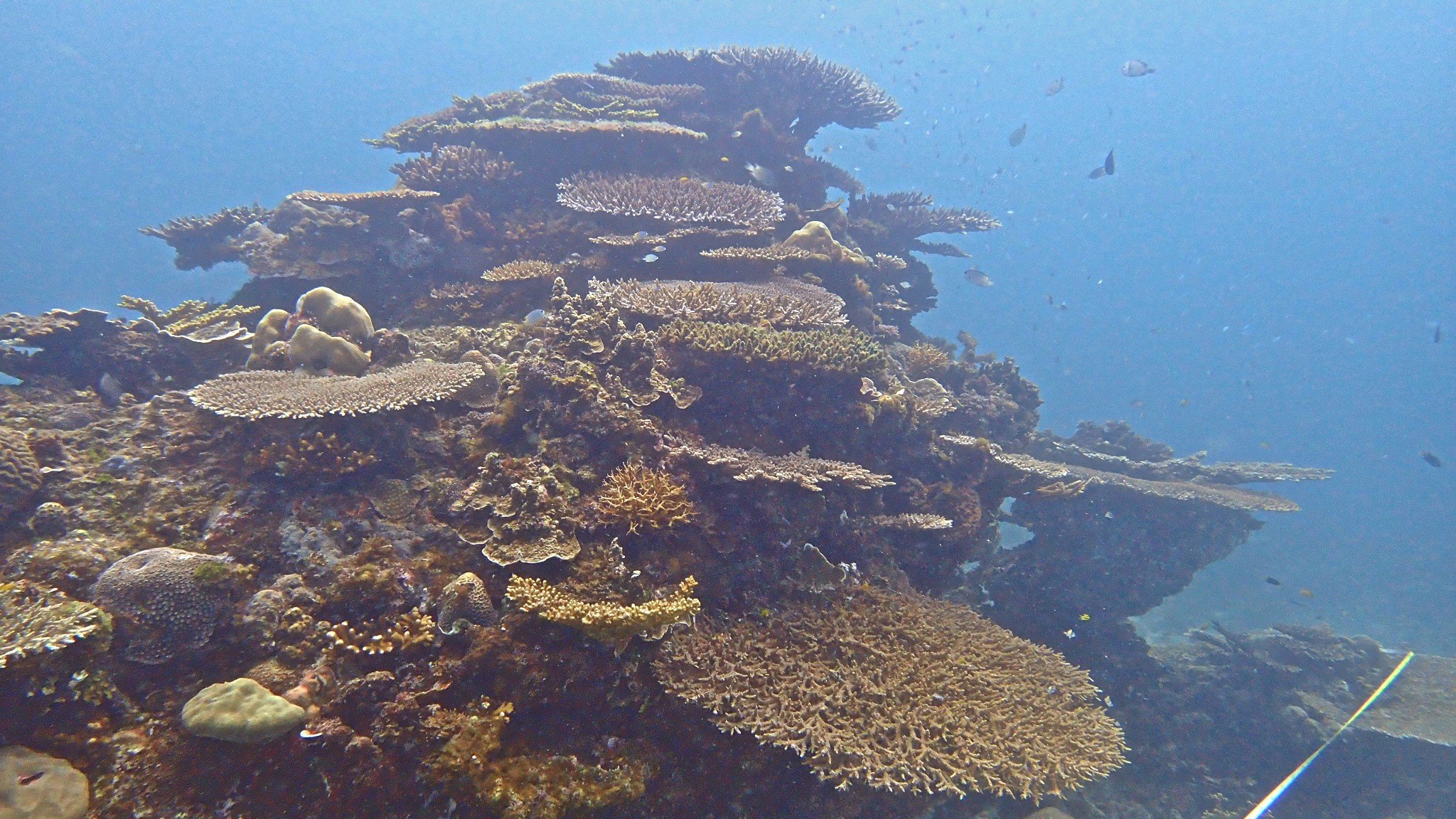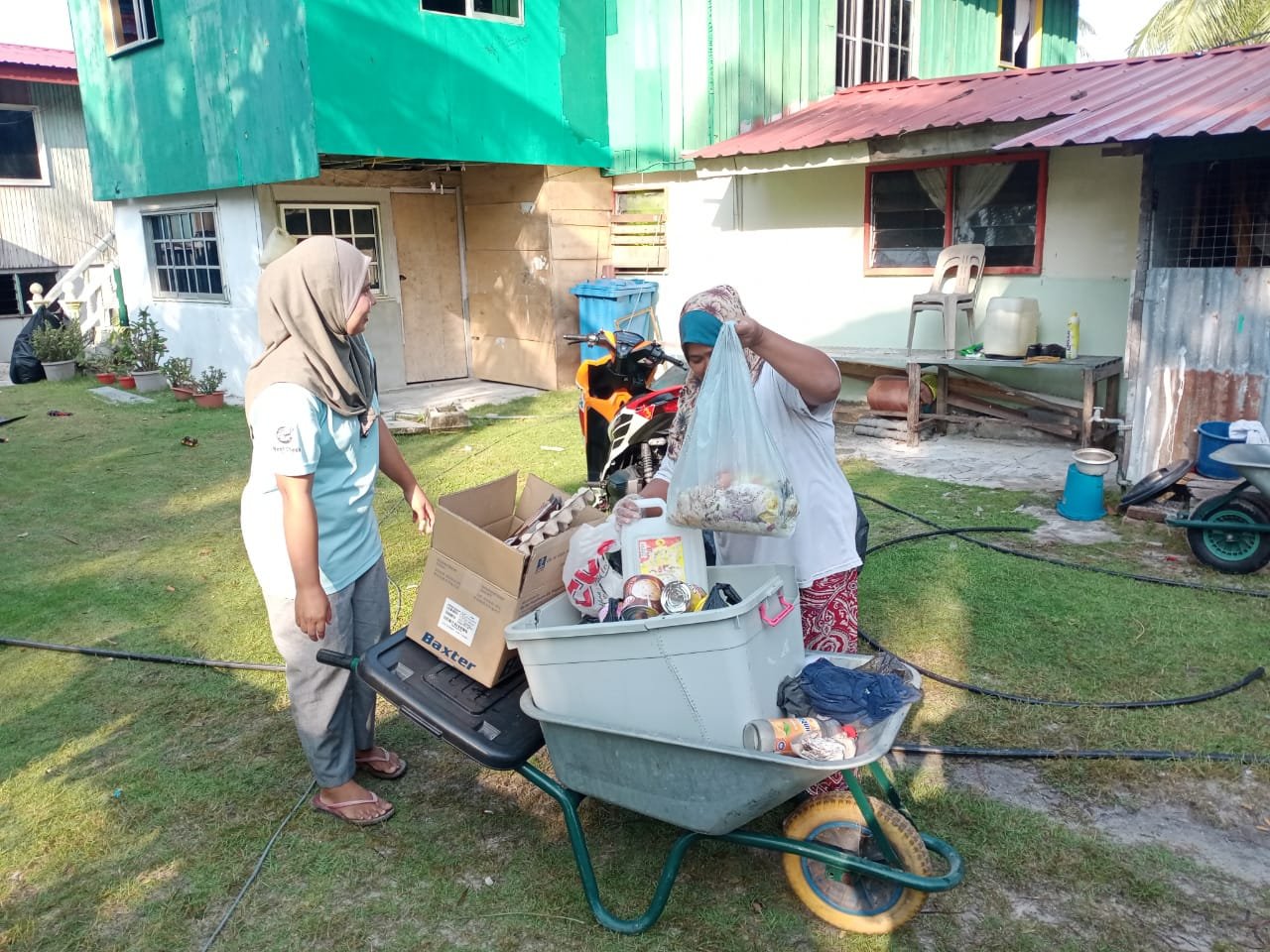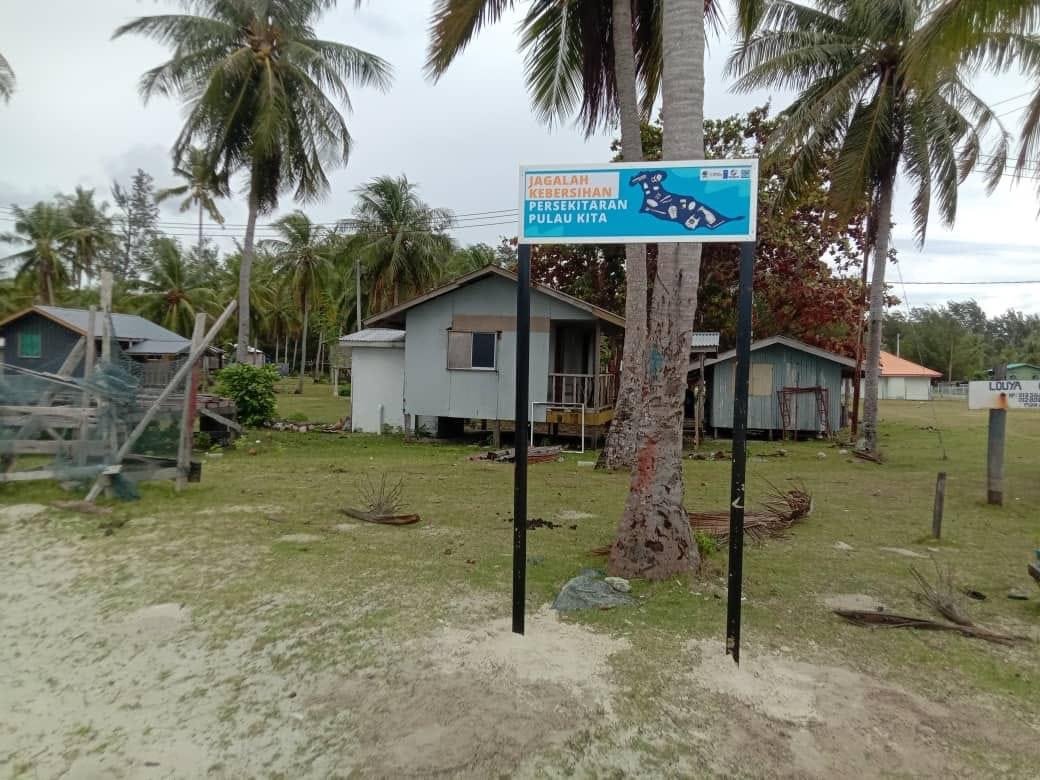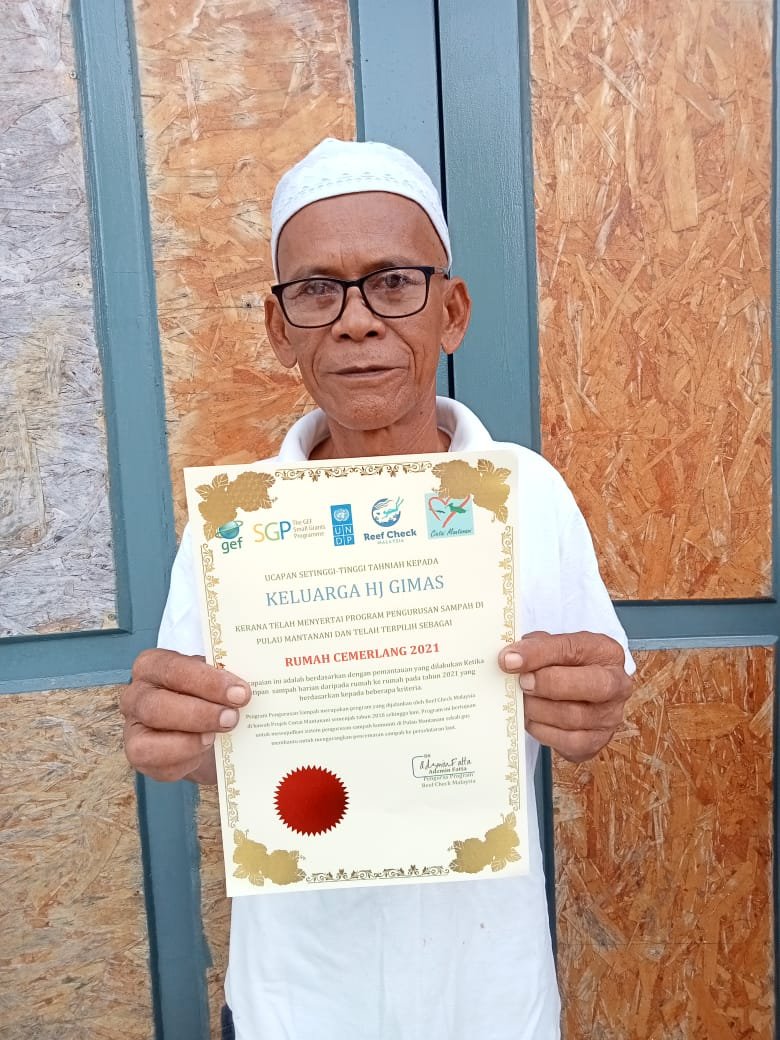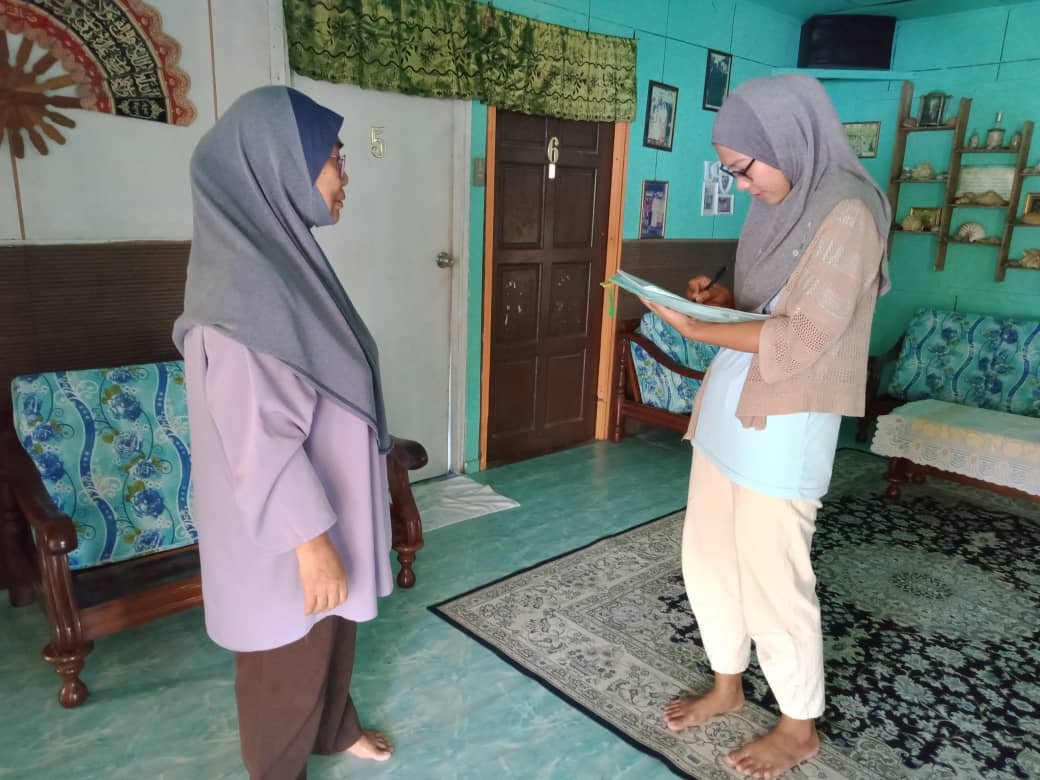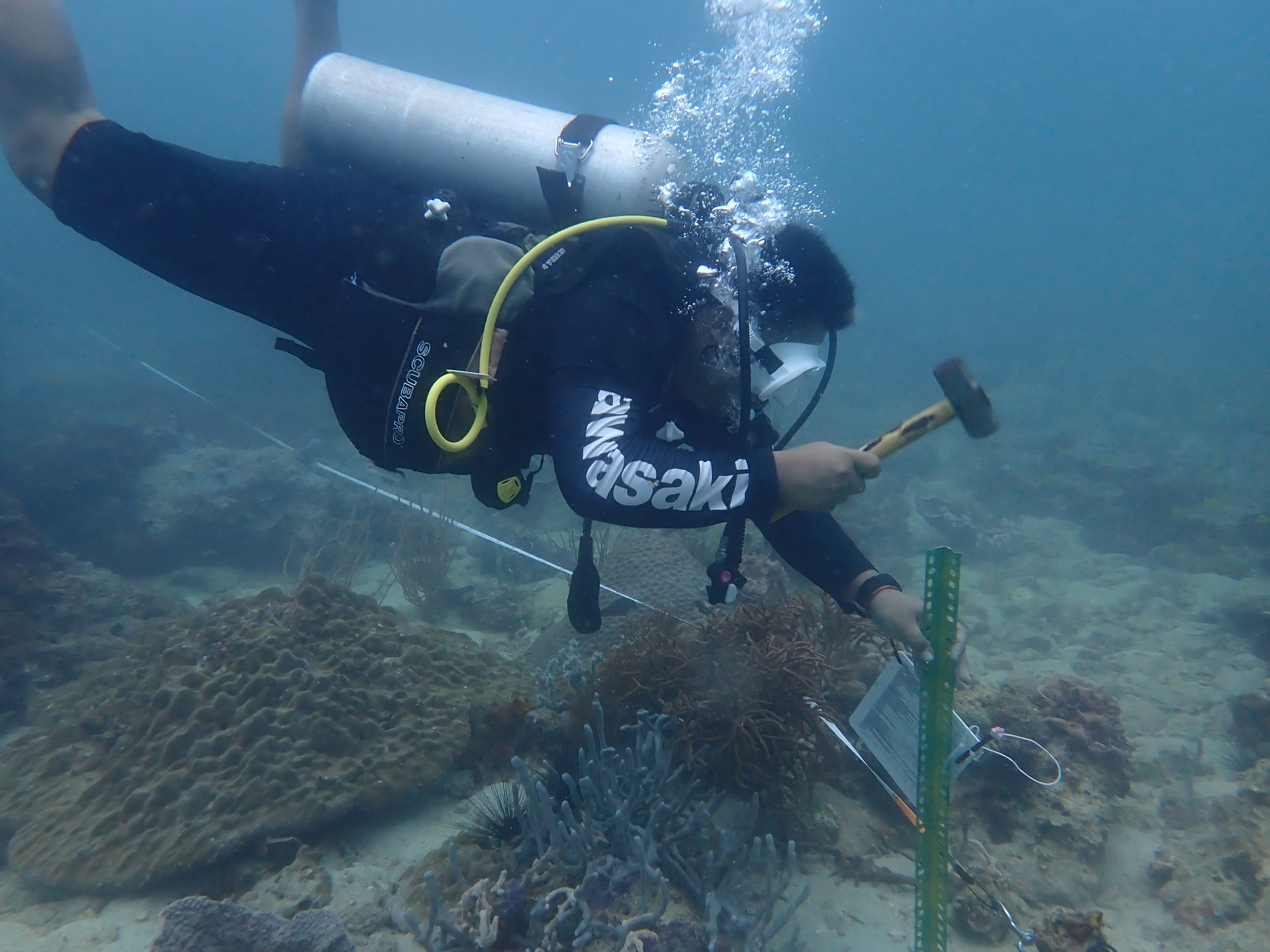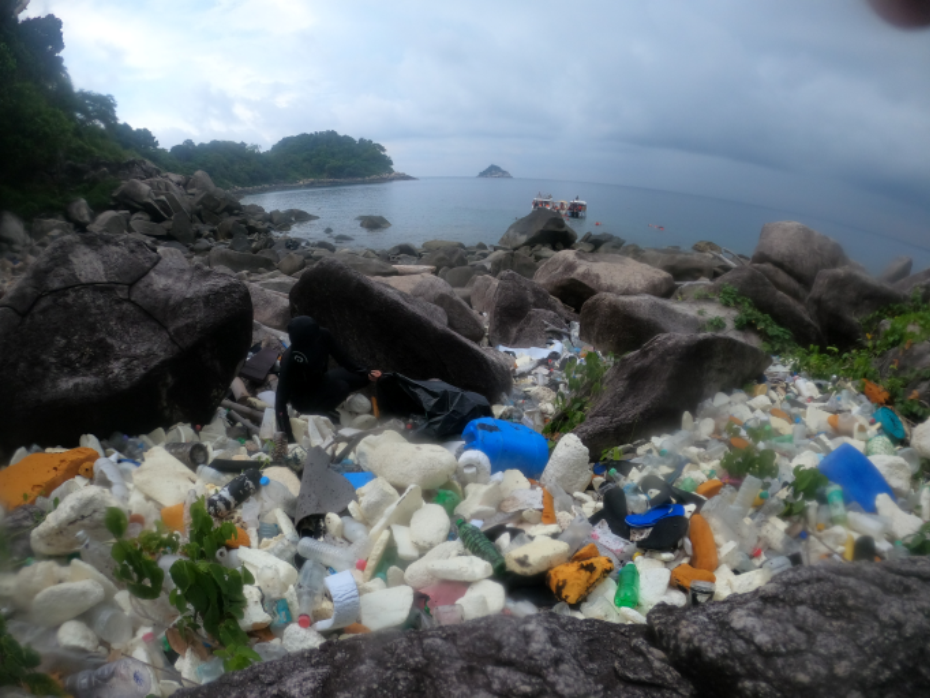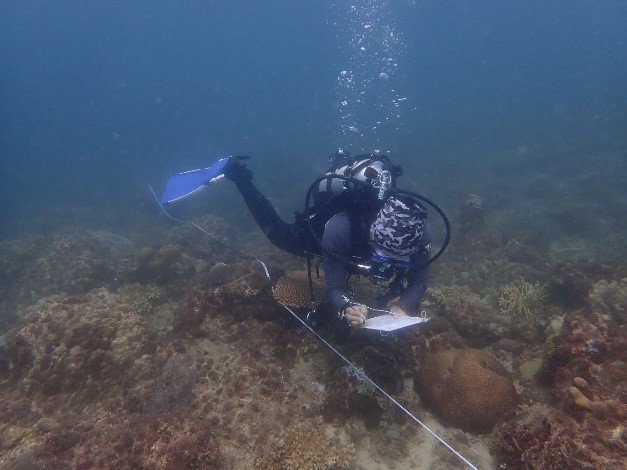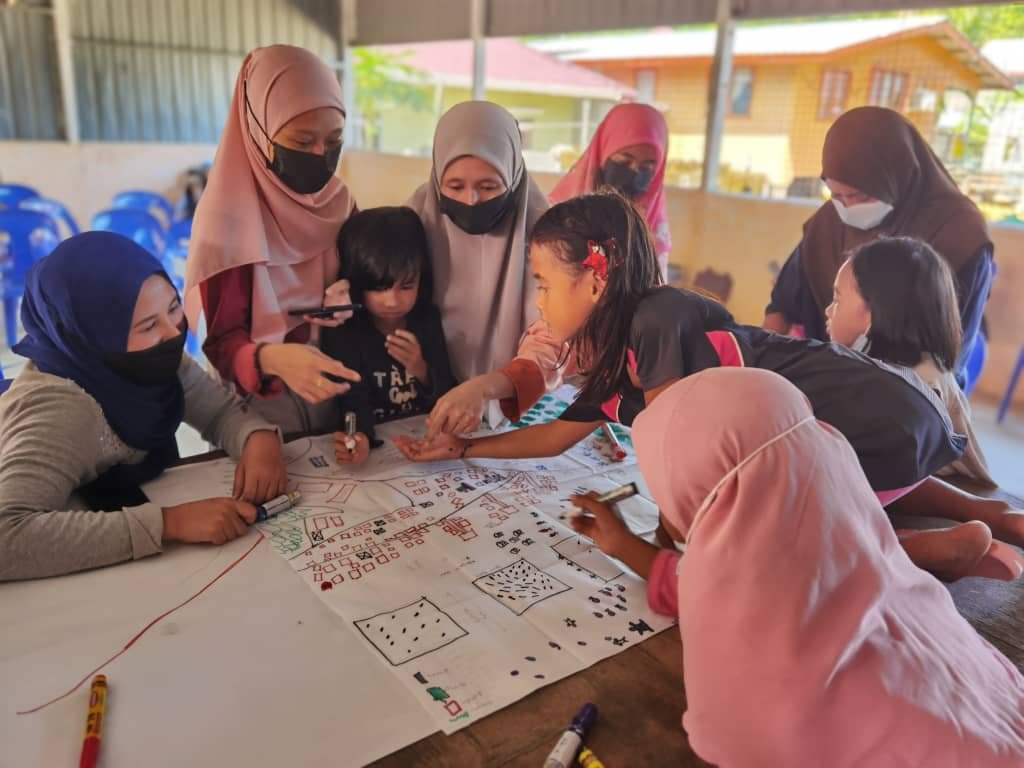In mid-2021, the Secretariat of the UN CBD released the first draft of the new framework – the “Post-2020 Global Biodiversity Framework”, which will guide actions worldwide through to 2030. The draft was prepared following more than two years of intensive consultative process with experts and stakeholders and is currently undergoing final revisions. The final draft will then be presented for consideration at the CBD’s next meeting of its 196 Parties at the 15th Conference of Parties (COP-15), planned for the middle of this year in Kunming, China.
The Framework comprises 21 targets and 10 milestones proposed for 2030. Key targets include:
Ensure that at least 30 per cent globally of land areas and of sea areas, especially areas of particular importance for biodiversity and its contributions to people, are conserved through effectively and equitably managed, ecologically representative and well-connected systems of protected areas and other effective area-based conservation measures, and integrated into the wider landscapes and seascapes. (Target 3)
Use ecosystem-based approaches to contribute to mitigation and adaptation to climate change, contributing at least 10 GtCO2e per year to global mitigation efforts; and ensure that all mitigation and adaptation efforts avoid negative impacts on biodiversity. (Target 8)
Redirect, repurpose, reform or eliminate incentives harmful to biodiversity in a just and equitable way, reducing them by at least $500 billion per year. (Target 18)
Increase financial resources from all sources to at least US$200 billion per year, including new, additional and effective financial resources, increasing by at least US$10 billion per year international financial flows to developing countries, leveraging private finance, and increasing domestic resource mobilization, taking into account national biodiversity finance planning (Target 19).
The “30 by 30” movement
One target that is causing particular concern is the “30 by 30” target. As quoted above, target 3 of the draft Framework requires that 30% globally of land and sea areas should be protected by 2030.
Which raises the question: 30% of what, exactly? Territorial seas? The EEZ? The entire world’s ocean? One interpretation of “30%” protected is that it means 30% of a country’s EEZ. In Malaysia’s case this causes a huge problem because, being a coastal nation, the country’s EEZ is bigger than its land area. Is it realistic for Malaysia to be able to establish effective protection of 30% of that amount of ocean?
In the marine sector, the target is being supported by, among others, the Global Ocean Alliance (GOA), a 71-strong country alliance, led by the United Kingdom, calling for commitments to protect 30% of the ocean. According to the GOA, “a future global 30 by 30 target would be met by a network of MPAs spread across both countries’ EEZ and areas beyond national jurisdiction. It is therefore not a requirement for each country necessarily to protect 30% of their waters”.
But if 30% can be achieved by establishing a number of very large Marine Protected Areas – without any input from Malaysia – what is Malaysia’s obligation?
Alternatives have been put forward, some of which define the 30% more clearly, for example by focusing on marine ecosystems, rather than the vague “sea areas”. In one example, the Target 3 text reads “ensure that at least 30 per cent globally of terrestrial, including freshwater, and of marine ecosystems, especially areas of particular importance for biodiversity and its contributions to people, are effectively and equitably conserved…”
This might seem like semantics – but language is important in institutions like the CBD. Decisions are collegiate – everyone has to sign up for them; lack of clarity causes confusion and makes the process difficult. And targets that some parties find unrealistic have the potential to cause conflict in the system.
So where does Malaysia sit?
At the moment, due to the lack of clarity in the language used, Malaysia appears to be hesitant to sign up to the broad 30% target, partly due to the current low achievement against the Aichi target – Malaysia only got halfway to the target when it was 10%; how on earth would Malaysia reach 30%? This seems to me like a sensible position to adopt.
But the 30% is supported by scientists who say that effective protection of ecosystems and maintenance of ecosystem services – which society relies on – needs 30% of ecosystems to be protected.
An acceptable alternative?
What would an alternative look like? Perhaps the focus should be on the question of ecosystems, as highlighted in recently proposed texts.
Most of Malaysia’s marine ecosystems (mangroves, seagrass, coral reefs) that are “of particular importance for biodiversity” are coastal, particularly in Peninsular Malaysia. So why should Malaysia consider protecting vast swathes of the sea bed that has very little value in terms of ecosystems? Yes, these areas need to be managed for fisheries, but not to protect ecosystems and the habitat they provide.
It might be more appropriate to define the 30% in terms that are locally relevant. Leave the 30% in the framework – as noted, it is supported by science. But empower countries to focus on protecting 30% of important marine ecosystems – in Malaysia’s case, the coastal ecosystems. This is a much smaller area than 30% of the EEZ – but it is much more targeted, and therefore likely to be more effective, and it is certainly a more realistic target.
Encouragingly, there are indications that this is the approach that the CBD is taking. In a paper on the proposed monitoring framework for the Post-2020 Global Biodiversity Framework, the proposed disaggregation for Target 3 include that the area is calculated based on ecosystems, key biodiversity area, and/or by effectiveness category.
Given the growing impacts of climate change and the rate of biodiversity loss, urgent steps are needed to protect important ecosystems from further damage. A new biodiversity conservation framework is required, however, it would need to be flexible enough for national governments to arrive at the intended goal at a realistic pace.

